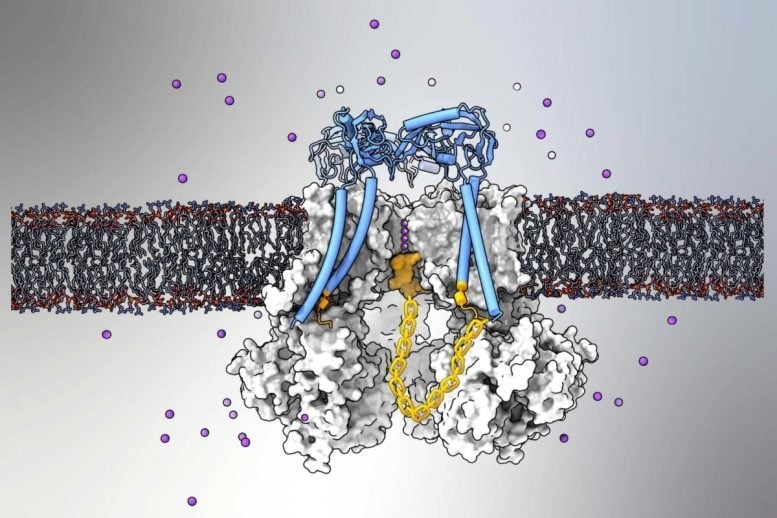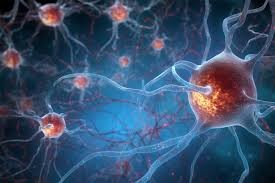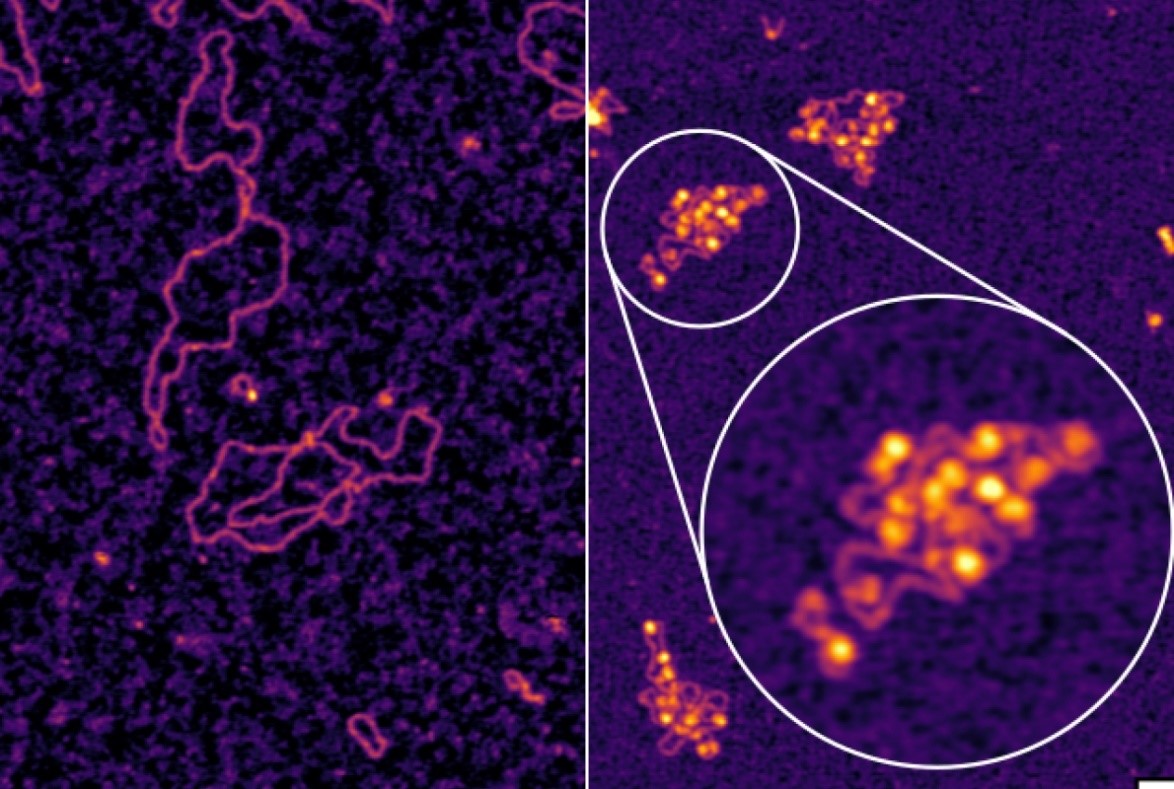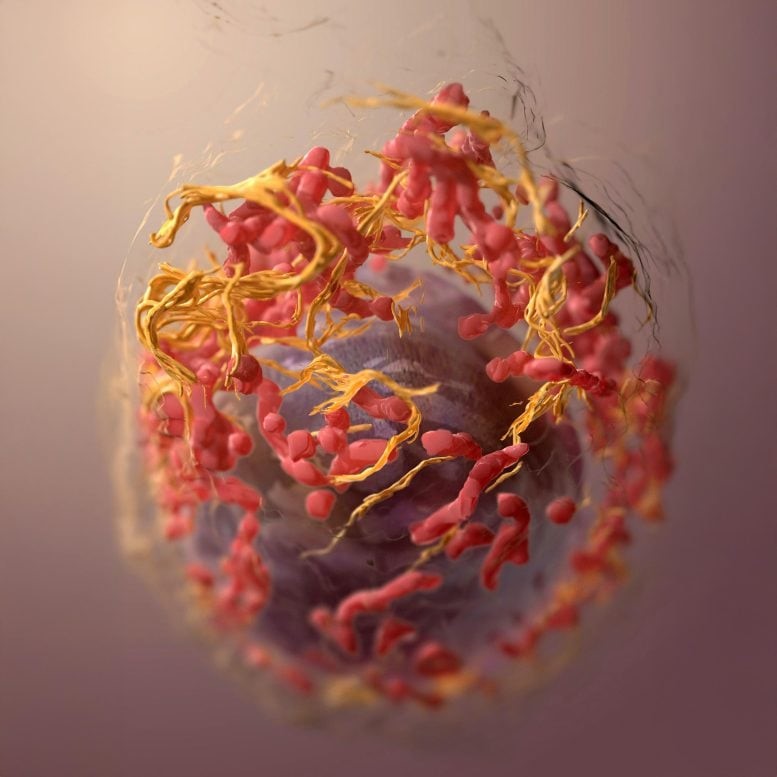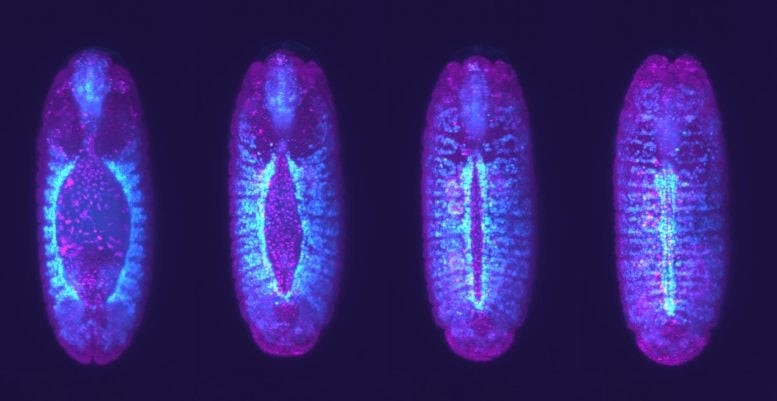Scientists Stunned as Free-Living Coral "Swims" Toward Blue Glow, Breaking the Rules
Pulsed Inflation Mechanism in Cycloseris cyclolites: A New Form of Coral Mobility
Using high-resolution time-lapse imaging, researchers discovered that moves through a process called pulsed inflation. This technique involves rhythmic inflation and deflation of the coral's tissue, propelling it forward similarly to how jellyfish move.

Figure 1. Scientists Astonished as Free-Living Coral Moves Toward Blue Glow, Defying Expectations.
This pulsed inflation mechanism is a widespread strategy among free-living corals, helping them perform essential functions such as self-righting when flipped over, rejecting sediment during storms, and now demonstrating phototaxis – a behavior crucial for survival in complex environments. Figure 1 shows Scientists Astonished as Free-Living Coral Moves Toward Blue Glow, Defying Expectations.
In the time-lapse video, the team captured detailed footage from an iPad and a Dino-Lite Edge Series microscope, showcasing the inflation and contraction of coral tissues. This coordinated movement shifts surface contact and generates forward propulsion by contracting lateral tissues. Credit: Dr. Brett Lewis.
“Our research suggests that pulsed inflation is not just a survival tactic but a key mechanism for migration and navigation,” said Dr. Lewis. “The ability of Cycloseris cyclolites to move toward light sources highlights their neurological sophistication, comparable to marine species like jellyfish.”
Light Preference and Phototaxis
The study also found that Cycloseris cyclolites has a strong preference for blue light, with 86.7% of the corals moving toward blue light sources compared to only 20% for white light.
This preference aligns with their natural habitat in deeper waters where blue light dominates, aiding in their migration to optimal depths for survival, reproduction, and dispersal.
High-resolution 4K video captured with an Olympus OM-D E-M10 Mark III, revealing the biomechanics of pulsed inflation mobility in real time. Credit: Dr. Brett Lewis.
These findings not only offer new insights into coral mobility but also highlight the connection between corals and jellyfish in terms of movement mechanisms, offering clues about the evolution of the central nervous system.
Dr. Lewis further emphasized the ecological importance of these findings: “Understanding how migratory corals move can help scientists predict their adaptability to environmental changes, such as sea surface temperature shifts caused by climate change. Deeper waters offer more stable conditions, making faster migration crucial for survival in changing climates.”
The Discovery – Coral "Swimming" Toward Light
In a groundbreaking study, scientists observed free-living coral (Cycloseris cyclolites) performing an unexpected behavior: it "swam" toward blue light. This discovery challenged the established understanding of coral movement, as corals were previously thought to be stationary organisms rooted to the seafloor. Through high-resolution time-lapse imaging, researchers captured the intricate biomechanics behind this seemingly complex movement.
Pulsed Inflation Mechanism – How the Coral Moves
The key to the coral’s surprising movement lies in a process known as pulsed inflation. By rhythmically inflating and deflating its tissues, the coral propels itself forward in a manner akin to jellyfish. This mechanism enables the coral to navigate its environment actively, using bursts of tissue expansion and contraction to shift surface contact and generate movement. This discovery provides a new understanding of how free-living corals might adapt and survive in their complex underwater ecosystems.
Why It Matters – A Survival Strategy
Pulsed inflation is not just a mechanism for movement; it serves multiple survival functions. The rhythmic inflation and deflation help Cycloseris cyclolites perform important behaviors like self-righting when turned upside down, rejecting sediment when buried during storms, and responding to light sources (phototaxis). These actions are essential for the coral’s survival in its challenging environment, aiding it in both migration and other adaptive behaviors.
The Light Preference – Blue Light Attraction
The research also revealed that exhibits a strong preference for blue light, with 86.7% of the corals moving toward blue light sources. This behavior is linked to the coral’s natural habitat in deeper, blue-dominated waters, where blue wavelengths are more prevalent. This ability to distinguish between different wavelengths of light likely plays a role in helping the coral migrate to optimal depths for survival, reproduction, and dispersal.
Ecological Implications – Survival in Changing Environments
This discovery has broader ecological implications, particularly regarding the survival of corals in the face of climate change. By understanding how corals like Cycloseris cyclolites move and adapt to environmental conditions, scientists can better predict how they will respond to challenges such as rising sea temperatures. The ability to migrate more quickly to deeper, cooler waters can increase the coral’s chances of survival in an increasingly unstable climate, making the study of coral mobility crucial for conservation efforts.
Source: SciTECHDaily
Cite this article:
Priyadharshini S (2025),"Scientists Stunned as Free-Living Coral "Swims" Toward Blue Glow, Breaking the Rules",AnaTechMaz,pp. 331







